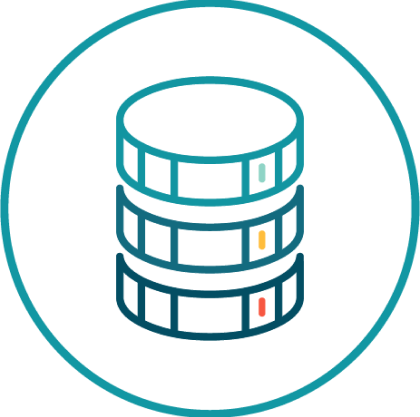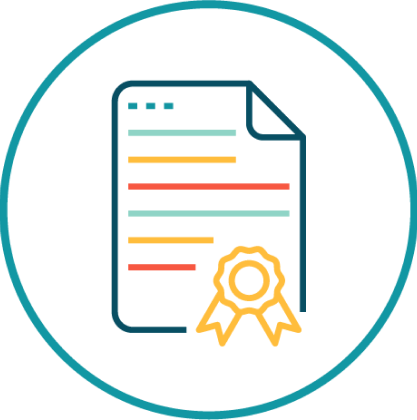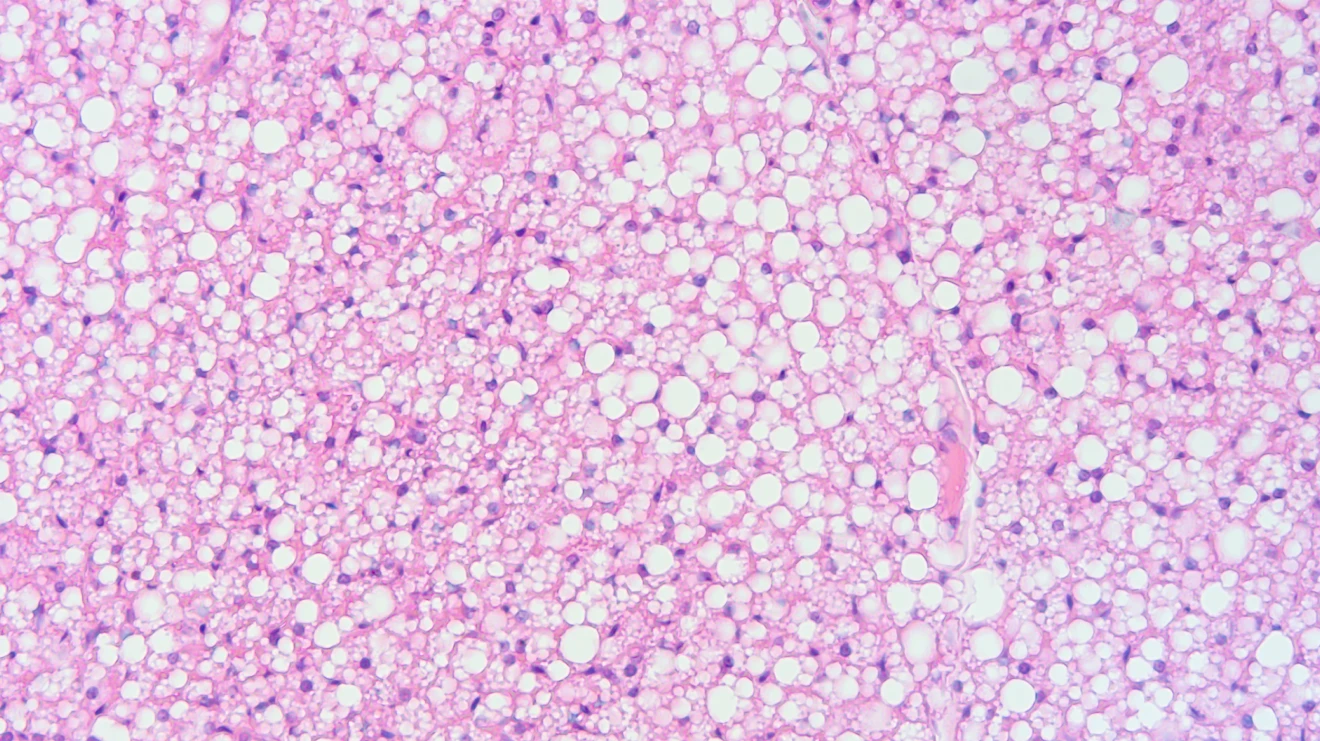NashBio utilized structured data and unstructured notes to develop a predictive NLP algorithm to detect bullous pemphigoid, performing better than existing algorithms. Our database, particularly with our extensive notes, can be utilized more broadly to develop algorithms to detect other diseases.
Developing predictive diagnosis algorithms
Developing predictive diagnosis algorithms
Overview

Challenge
Electronic health record (EHR) data can be leveraged to generate predictive algorithms that improve disease diagnoses by making them more accurate, faster, and cost-effective. Developing effective algorithms requires expansive real-world data alongside relevant clinical expertise, especially when analyzing diseases that aren’t easily characterized.
NashBio worked with a client to develop predictive algorithms to diagnose bullous pemphigoid (BP), an autoimmune condition that causes skin blistering. Predictive algorithms can help identify BP cases that may have gone undetected or been attributed to other conditions; given that BP is associated with increased mortality, its accurate diagnosis is important to ensure patients are treated effectively.
At a Glance
NLP
from unstructured notes
Detection
improved NLP algorithm for BP detection
Diagnosis
clinical expertise to BP diagnosis
Our Impact
In order to develop and test BP detection algorithms, NashBio’s clinical team manually defined a cohort of verified BP patients using structured and unstructured note EHR data from our database. The unstructured notes were critical for both the manual confirmation of diagnosis as well as for developing a new natural language processing (NLP) algorithm.
The NLP algorithm was then tested by NashBio and compared with another algorithm developed previously; our analysis demonstrated the NLP algorithm performed better and was able to correctly identify 94% of patients diagnosed with BP.
Working closely with our client, NashBio delivered an improved NLP algorithm that can be further refined to diagnose BP. Importantly, our enriched dataset is broadly applicable to develop algorithms that can better identify other diseases to improve patient health.
Nashbio Differentiators

Curated Real World Data

Clinical Expertise
Our Impact
In order to develop and test BP detection algorithms, NashBio’s clinical team manually defined a cohort of verified BP patients using structured and unstructured note EHR data from our database. The unstructured notes were critical for both the manual confirmation of diagnosis as well as for developing a new natural language processing (NLP) algorithm.
The NLP algorithm was then tested by NashBio and compared with another algorithm developed previously; our analysis demonstrated the NLP algorithm performed better and was able to correctly identify 94% of patients diagnosed with BP.
Working closely with our client, NashBio delivered an improved NLP algorithm that can be further refined to diagnose BP. Importantly, our enriched dataset is broadly applicable to develop algorithms that can better identify other diseases to improve patient health.
Nashbio Differentiators

Curated Real World Data

Clinical Expertise

Defining disease outcomes using real-world data

Improving AI-guided clinical decision support


